Without doubt Norway and Romania are two of my favourite countries to hike in. I have hiked for almost my whole life in the latter, but spent only two weeks in the former. Still, in this article I try to make a comparison of the hiking experience in the two countries from my point of view, taking into account a number of considerations.
If you prefer, you can read this article in Romanian and Hungarian as well, by using the links to the right or watch the related video.
Scenery, views
Norway is famous for its fjords and majestic landscapes with waterfalls all over the place. But Transylvania has a very varied landscape, from low-land forests to dramatic peaks, high ridges with strong winds where snow is possible even in late August and the temperature never goes above 20C. And there is of course the one and only Piatra Craiului.
Winner: DRAW
Weather
During the hiking itself we were quite lucky in Norway and managed to avoid bad weather for most of it. On the other hand, the other days during our two-week trip were a horrible roller-coaster, with cold rain every single day, for two straight days on one occasion. Now I’m not saying this can’t happen in Transylvania, with some mountain ranges notorious for lots of fog and quick weather changes (in some cases even quicker than in the Alps I’d say), but on average the weather is more predictable and nicer in general.
Winner: Transylvania
Crowds
Even if the more popular places are crowded everywhere in the world, I have never seen anything like the crowds in Norway at Preikestolen, and especially Trolltunga. On the other hand, during our hike up north on a less popular trail we only met a handful of people. This one is a no-brainer.
Winner: Transylvania
Getting there, road infrastructure
This is tough one. In Norway you can get basically anywhere on asphalted roads which are in very good condition. On the other hand, there are no highways except the very southern part of the
country, and speed limits and the fines for driving above them are simply insane. They were too low even for my girlfriend who is not a fan of speeding at all.
On the other hand, in Transylvania you have to adapt to the local driving style and some portions with very high traffic (replaced piece by piece with highways), but in the end you can usually arrive comfortably and quickly… up to a point. The last portion of most roads going into the mountain are usually not asphalted and their condition varies case by case, which can make it a challenge to plan a trip even for a local, if you don’t have an SUV-like car suitable for bad roads. If you don’t have a car, you can usually get a train or a bus to get fairly close to the destination, and from there arrange with a local or get a taxi for relatively cheap (which I don’t even want to think of how expensive could be in Norway).
Winner: DRAW
Speaking of prices…
Price
Hiking is free for the most part in both countries. A notable exception are the parking fees, which are reasonable everywhere in the few places in Transylvania where you have to pay them, but in Norway are extremely expensive. In case you need accommodation on the mountain or next to them, as you can imagine the situation is the same. The winner should be no surprise here.
Winner: Transylvania
Path infrastructure
The markings and path infrastructure in general is an 8/10 in both places. In Romania you have good markings on most trails with different colors and shapes for different destinations. I have no idea why they don’t use the same system in other parts of the world, makes everything much clearer.
In Norway we have seen a portion of the path leading to the Preacher’s stone built basically stone by stone. Also, there was a long wooden bridge over a muddy field at one point. This can be seen as a positive or as a negative aspect as well. In general I prefer things to be natural, but of course on some difficult or unpleasant portions a little bit artificial help comes in handy. On our hike to the Seven Sisters (more on that in a later post) near Mo I Rana we found the markings a tad bit difficult to follow on some places, which also happens on some trails in Romania on less popular older routes, which are not maintained that regularly.
Winner: DRAW
Camping, accommodation
For my style of camping both countries are absolute winners for one simple reason: wild camping is practically allowed. I still feel, that the legislation in Norway is even more permissive and gives some important facilities to campers, notably the ability to camp even on private properties, at a certain minimum distance from all buildings and limited to 48 hours for a certain spot.
For those who like to put their tent in traditional campsites with kitchen and sanitary facilities, the options are limited but satisfying in Romania in my opinion. On the other hand Norway has the most evolved camping network I have seen anywhere around the world and sleeping in such a camping is practically the only thing which costs about the same amount as in the rest of Europe.
Important mention here, that I have not seen a single “traditional mountain hut” in Norway. I don’t know if they are not that common (perhaps because of the landscape, which it makes it very difficult to build on remote places), or we just didn’t stumble upon them.
Winner: Norway
Safety, wild animals
On our way to Trolltunga we have seen at least three emergency huts, which are quite popular in some mountain ranges of Transylvania as well. In some areas they are your only “accommodation” option.
And while we’re at it, I want to ask you all not to abuse this! They are called EMERGENCY huts for a reason! Don’t plan to sleep in them because you are lazy to carry a tent. Obviously, I’m not referring to alpine style winter ascents or other special cases here.
But finally we are getting to the big elephant in the room (or the lack of it, respectively). In Transylvania you have foxes, wild boars, wolves, lynxes and a very big population of brown bears which lately are causing huge troubles in villages and even towns in some areas (notably Harghita county and the Bucegi mountains). In Norway there are practically no predatory wild animals, which also means there’s no need for shepherd dogs, eliminating two of the big dangers which are present when hiking in Transylvania. It just gives you an invaluable peace of mind when you don’t have to worry where you put your tent and where you leave your food and what precautions you have to take while hiking to avoid these problems (stay tuned for an article about this!).
Winner: Norway
Conclusions
Looking at the score we see, that Transylvania wins with a slight edge in the end. But of course, you could say, that it’s just because a local-patriot, which I am 🙂 I could have easily chosen a different set of considerations that would have made Norway the winner.
And the most important of all is, that I have compared two of my favorite countries to hike in and probably two of the best in the whole world, so this is somewhat like comparing the latest iPhone to the latest Samsung Galaxy: One might be better in certain aspects, the other in different aspects, but in the end both are amazing phones that their job extremely well. The same can be said about hiking in Transylvania and in Norway.
I hope you enjoyed the read, and this was useful or at least interesting for you. If you have any questions, don’t hesitate to leave me a comment, and I wish you a wonderful hike!

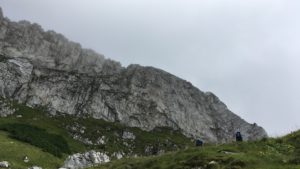
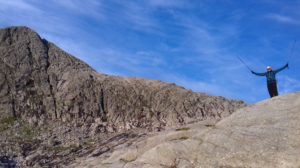
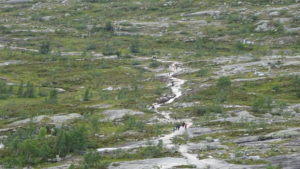
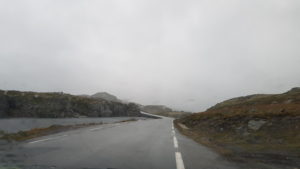
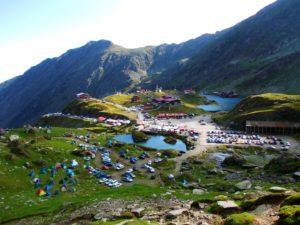
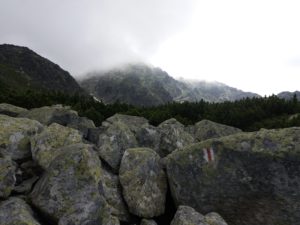
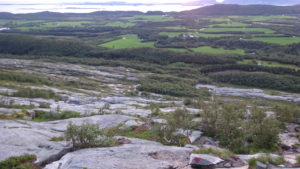
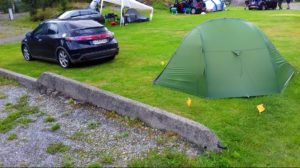
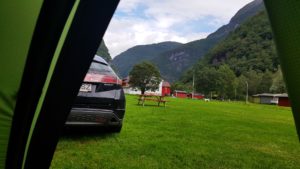
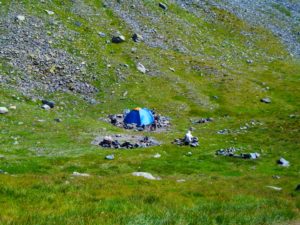
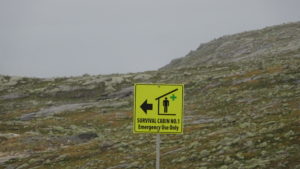
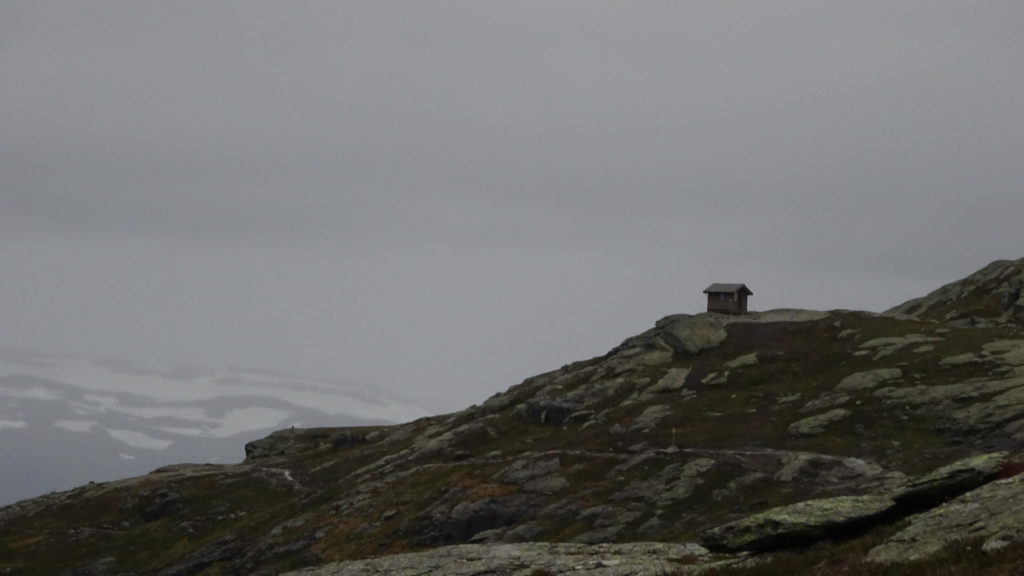

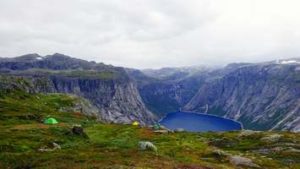
Hi,
I will be traveling in Transylvania in August and would love a few hike suggestions from you. Will be in Cluj for a week and then moving down Alba Iulea, Sibiu, Sighisoara, Brasov. Trascau Mountains? Apuseni Nat Park?
Hello Cristina, I live in the Cluj area, Trascau mountains is definitely one of the good options, for instance check out my video here: https://youtu.be/KXfNK10FT8w
In the same area Scărița Belioara is also amazing, and you could check out the viewpoints around Tarnița lake, like this one: https://youtu.be/193HmcxrppI
Around Sibiu and Brașov you have even more options with Făgăraș, Bucegi and Piatra Craiului mountains. Some examples: https://youtu.be/-Wv2AXPeG4c and here https://youtu.be/rBE8mc9ENPs